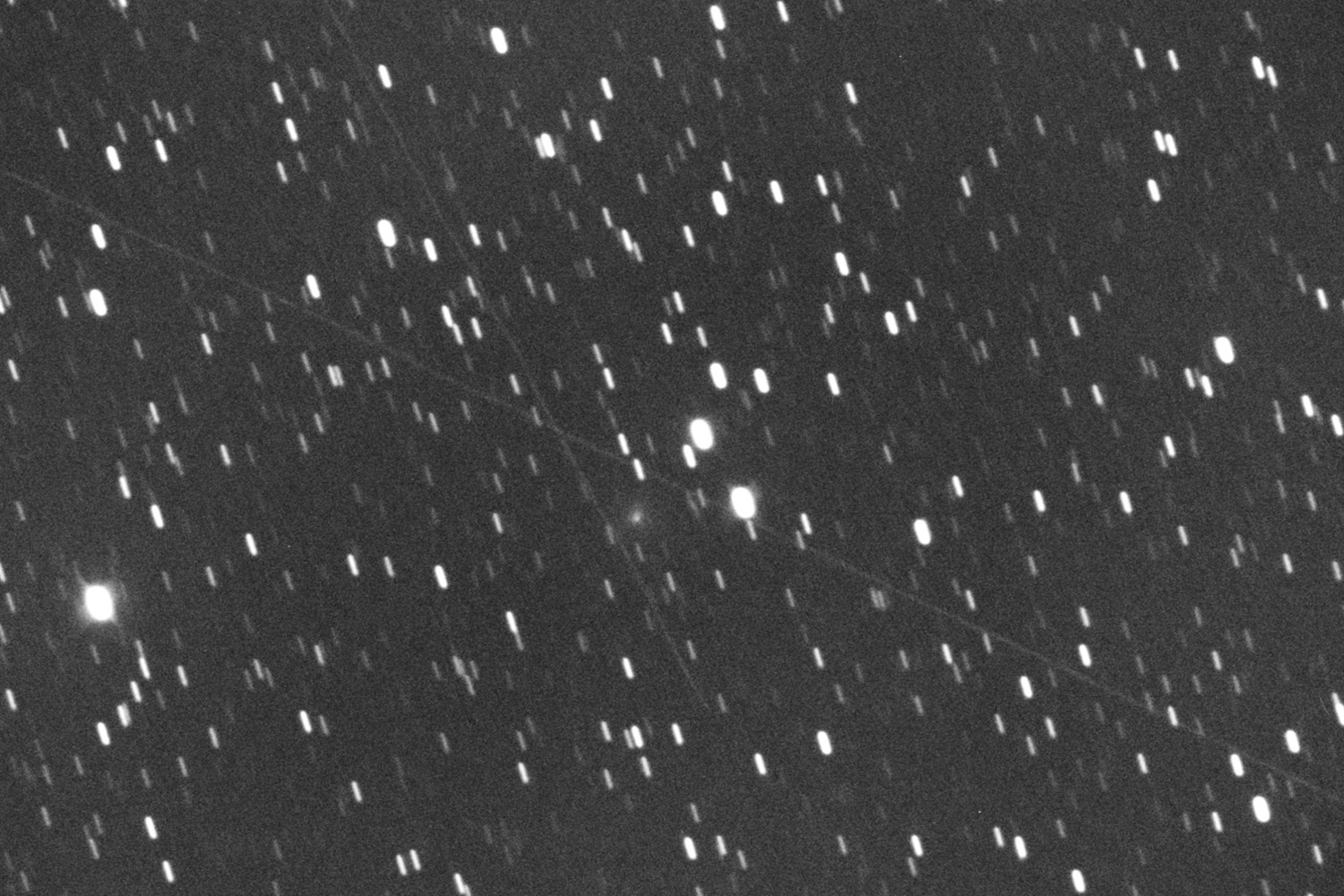High in the Himalayas, a new telescope is set to observe the night sky. The contraption has a 4-meter (13-foot) lens, but here’s the kicker: it’s made of liquid mercury, a material seldom used for astronomical imaging.
Called the International Liquid Mirror Telescope (ILMT for short), the device’s main component is a layer of liquid mercury that floats on a very thin layer of compressed air. The quicksilver rotates, taking on a parabolic shape in the process—useful for focusing light from the night sky. By placing a camera at the focal point of the paraboloid, astronomers will then be able to image objects in the sky.
At first glance, the telescope’s mirror appears to be an ordinary reflective surface. But, in actuality, it’s made of liquid that was meticulously shipped up the mountain by a company that specializes in hazardous materials. As long as no one tries to drink the telescope’s mirror, though, it’s perfectly safe—and according to the ILMT team, an affordable alternative to other telescope mirror materials.
“The main advantage is the relatively low cost of a large liquid mirror compared to a large conventional telescope mirror,” said Paul Hickson, an astronomer at the University of British Columbia who works on liquid mirror technologies, in an email to Gizmodo. “As an example, the cost of the ILMT is about one tenth that of the 3.6 metre [11.8-foot] Devasthal Optical Telescope — a conventional telescope of about the same size and located at the same place.”
And that place is pretty lofty. The telescope sits over 8,000 feet above sea level on India’s side of the Himalayas. It will scrutinize a strip of sky directly overhead that contains hundreds of thousands of galaxies and several thousand quasars, Hickson said. (Quasars are very active galactic cores, which are bright in the night sky.)
By imaging the sky nightly—directly overhead, where there is the least atmospheric noise—astronomers can deduce what objects are changing in the sky over time, whether they be new supernovae, asteroids passing in front of luminous objects, or even transiting black holes bending the light from sources behind them.
“We have estimated that 50 new cases of multiply imaged quasars should be detected in the field of view of the ILMT,” said Jean Surdej, an astrophysicist at the University of Liège in Belgium and the project director, in an email to Gizmodo.
The telescope saw its first light in April, but scientific observations won’t begin until later this year. When fully operational, the telescope will collect 10 gigabytes of data nightly. Given the mercurial nature of supernovae and gravitational lenses, it’s fitting that the ILMT will captured those events with quicksilver.














